
(Morning Star Lodge), Author provided
Patrick Sullivan, University of Saskatchewan and Heather O’Watch, University of Saskatchewan
The COVID-19 pandemic has been difficult for everyone. But communities are different, and so are their pandemic experiences. After more than a year of uncertainty and frustration, vaccines have brought many a sense that a return to normal is on the horizon. However, health and research communities now face a new challenge: vaccine hesitancy.

Click here for more articles in our series about vaccine confidence.
While there are countless reasons to be vaccine hesitant, we must acknowledge the numerous legitimate reasons for hesitancy.
For example, if a community has experienced an exhausting history of medical experimentation, forced or coerced sterilization and breaches of trust by the very institutions presenting the vaccine, their hesitancy is based on cultural or historical factors and entirely distinct from the “anti-vaxx” movement.
This is the daunting reality for many Indigenous communities across the country. As a result, there is an urgent need to repair trust and promote vaccine confidence through evidence-based knowledge.
At Morning Star Lodge, we are part of a partnership between the community research advisory committee at Star Blanket Cree Nation and Solutions for Kids in Pain (SKIP). Together we have collaborated to promote vaccine confidence while demonstrating the importance of community-led research.
Reflecting culture
We entered into this partnership to promote vaccine uptake under the direction of Indigenous communities. Through our discussions, we came to solutions about ways we could promote COVID-19 vaccination information — like booklets for Indigenous children and adults. After coming up with several solutions, Star Blanket Cree Nation’s research advisory committee members pointed towards an additional need: A children’s book, and in came Little Louis.
Many Indigenous Peoples grew up without medical information that respected or reflected their culture, the CRAC recognized the need to reverse this trend. A children’s book that reflects the identities of Indigenous children is important for making information accessible to all.
SKIP, Morning Star Lodge and Indigenous community members began to prepare a children’s book that is engaging, educational and relevant for Indigenous children experiencing needle fear or vaccine hesitancy — seeing their culture reflected in a children’s book can make all the difference when it comes to getting the jab. Needle fear or hesitation is a common feeling and there is minimal children’s literature on the topic, especially literature that is culturally relevant.
The Star Blanket Cree Nation’s cultural, community and storytelling expertise far exceeds that of SKIP or Morning Star Lodge. The community research advisory committee members live in, and are from, the communities we serve, their Indigenous Knowledge adds depth and relevance to all of our projects. Their guidance and leadership ensures that developments, like Little Louis, directly reflect community needs.
Indigenous Peoples expertise, guidance and leadership
Little Louis talks about how to prepare for getting a vaccine, what vaccines feel like and what parents and children can do in order to be supported. The intention is that Little Louis will evolve into several different stories that will target different audiences and address different issues as time goes on and different issues arise. This sort of flexibility is a requisite to working with dynamic communities.
Inflexible research was and is often the norm. “Helicopter” research (where researchers enter communities, collect data and leave, never to be heard from again) was and is still practised. This entirely one-sided interaction always benefits researchers but rarely, if ever, benefits communities. It frequently misrepresents realities for Indigenous communities and actively creates negative stereotypes that have been used to justify systemic racism.
Historically, research with Indigenous Peoples was not conducted “in a good way.” Today, researchers can be guided to correct the errors of the past through principles like OCAP (ownership, control, access and possession) and the CARE and FAIR principles for Indigenous data governance. Further, researchers can learn about ethical engagement and cultural safety to ensure their research is truly ethical and upholds community perspectives.
In practice, this means Indigenous Peoples should be at the helm of any research that may impact them or is about them. Doing so can prevent harmful misrepresentations, promote self-determination and contribute to solutions Indigenous communities actually need — like a children’s book that addresses vaccine hesitancy.
The following is a synopsis of “Little Louis.” Check the Morning Star Lodge blog for updates on publication.
Meet Little Louis
Little Louis tells the story of Louis, a young boy preparing for his COVID-19 vaccination. Louis starts by sharing his fears and frustrations with safety restrictions and the vaccine. His family listens and tells him how brave he is for making the decision to keep himself and the community safe.
Still nervous and hesitant about the vaccine, Louis’ family has an idea to create a “little” Louis, out of paper, which he can bring to the vaccination clinic during his appointment. Louis’ family also shares the story of a brave Métis leader named Gabriel Dumont and his rifle, le petit (little one).
The night before the vaccination appointment, Louis dreams of going on a fishing adventure with Little Louis where they reel in what they think is a fish but it turns out to be a big needle! Louis and Little Louis both bravely face the needle, reeling it in until it turns into the big catch they hoped for. The next morning Louis shares his dream with his family. They tell him that he was brave for facing his fears.
Finally, Louis goes to his vaccine appointment with Little Louis by his side. The doctor asks to see Little Louis to give him the vaccine first. Observing that Little Louis was brave and didn’t get scared, Louis is ready and the doctor gives Louis his vaccine. Both Louis and Little Louis are now protected from COVID-19!
Do you have a question about COVID-19 vaccines? Email us at ca‑vaccination@theconversation.com and vaccine experts will answer questions in upcoming articles.![]()
Patrick Sullivan, Sr. Research Assistant, Morning Star Lodge, University of Saskatchewan and Heather O’Watch, Research Assistant, Morning Star Lodge, University of Saskatchewan
This article is republished from The Conversation under a Creative Commons license. Read the original article.

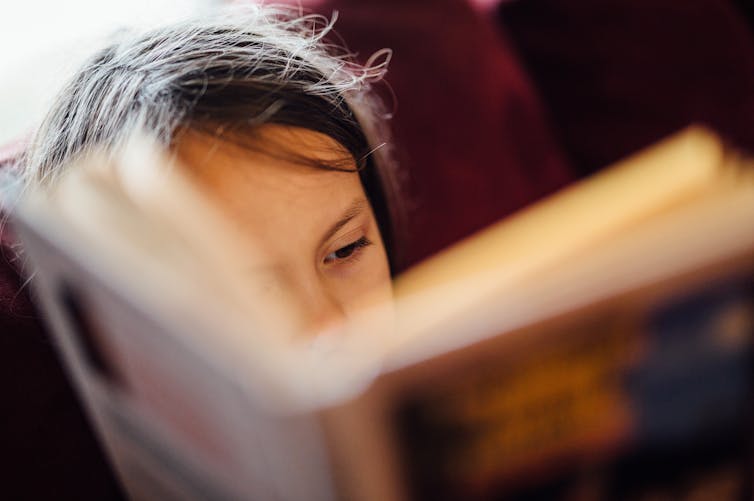
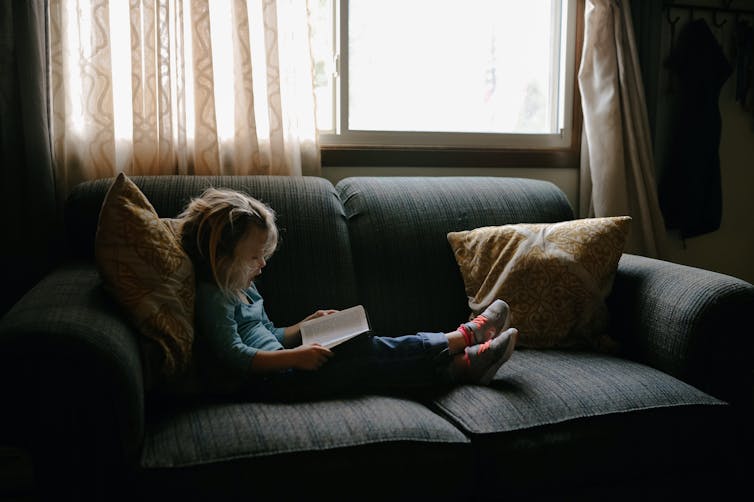




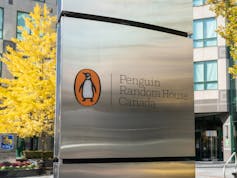

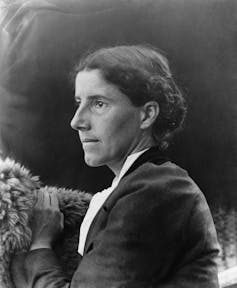
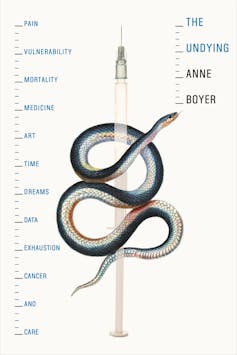



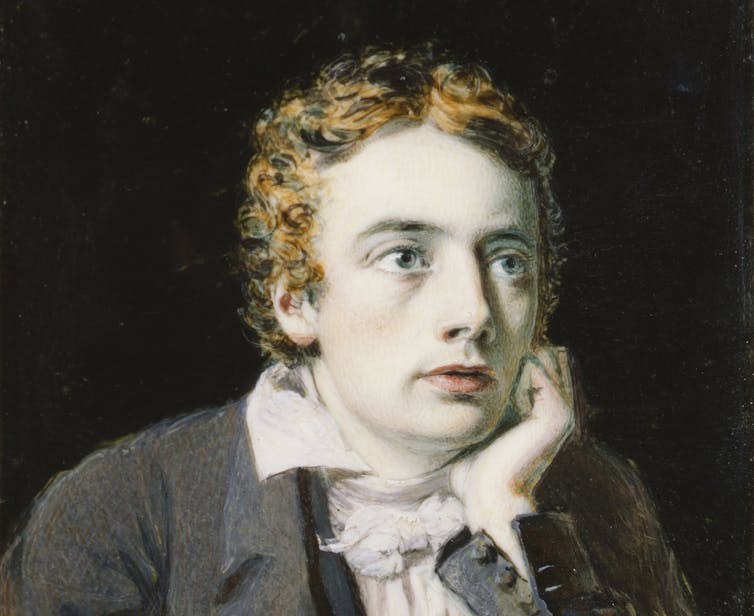


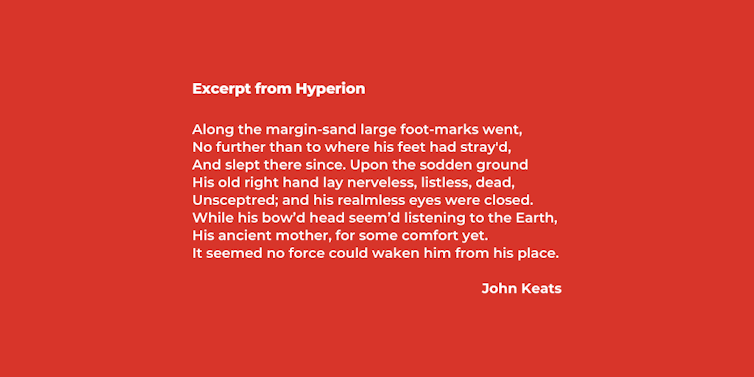
You must be logged in to post a comment.